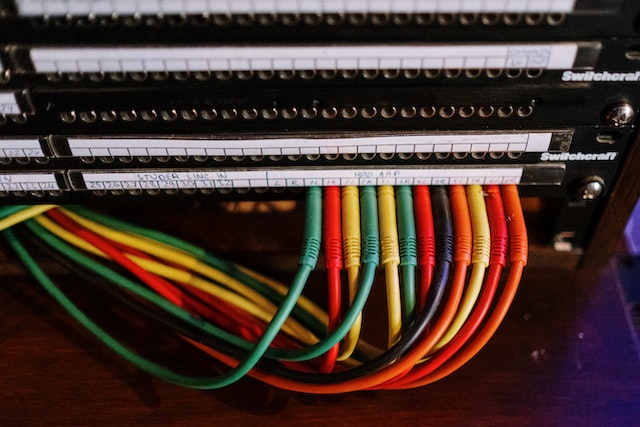Those working in the IT or telecom industries may be familiar with Power over Ethernet (POE) cable testers. These tools are used to verify that both data and power are being transmitted properly while testing the connectivity of POE cables. This blog will cover all the information you need to know about POE cable testers, including their uses, benefits, types, and how to use them.
The POE Cable Tester’s Features
POE cable tester are used to check the connection of POE cables, which are used to transmit data and power over a single Ethernet cable. These testers may check wire mapping, continuity, and signal quality. To confirm that the voltage and current are within the permissible range, they can test the cable’s capability to provide power.
Benefits of POE Cable Testers
POE cable testers are useful for network installers and technicians in a variety of ways. First off, it can save time and money by avoiding the need for tedious manual troubleshooting by quickly discovering defects or connectivity issues. Second, it might ensure that the installation of the POE cable complies with the relevant regulations, assuring the security and dependability of the network. Last but not least, it can improve the network’s overall efficiency and performance, reducing the likelihood of downtime or connectivity issues.
Types of POE Cable Testers
The two most common types of POE cable testers available on the market are inline and portable models. Handheld testers are perfect for field testing and troubleshooting since they are compact and portable. On a display screen, the test results are commonly shown. They frequently support a wide range of standards, including IEEE 802.3af, 802.3at, and 802.3bt. A line of sight between the POE switch and the end device is where inline testers are meant to be placed over time. They offer continuous cable performance monitoring and have the ability to send out notifications when there are issues or flaws.
POE Cable Testers use
POE cable testers can be used rather easily by non-technical staff members. With handheld testers, starting the test just requires plugging in the cable at both ends. On the screen will be the results, which display the continuity, wire mapping, signal quality, and power supply. Since the wire needs to be spliced and attached to the tester, installing inline testers is more challenging. The tester is a fantastic choice for critical networks since, once installed, it will continuously check the connection’s performance.

